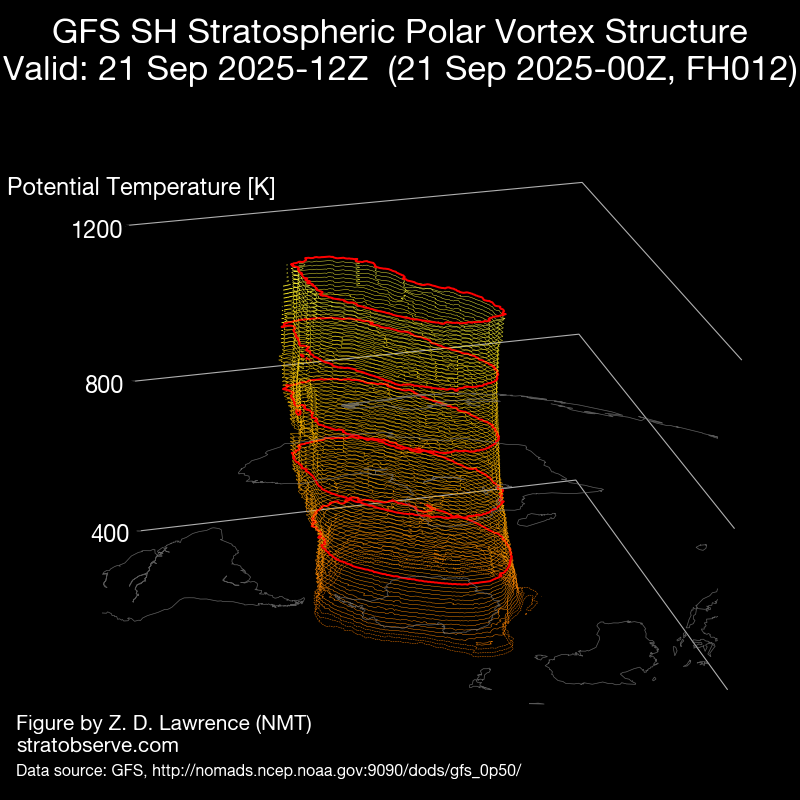Sub-Tropical Low Brings Heavy Rainfall Threat to Southern to Central Queensland Coastline
- Weatherwatch
- Dec 16, 2024
- 3 min read
December 16, 2024
It’s already been a wet start to December for Southeast Queensland, with large parts of the region recording more than the monthly average rainfall—and there’s more on the way.
A slow-moving upper low has formed a complex offshore trough near the southern to central Queensland coastline with a sub-tropical low located near Mackay. Today this system is drifting closer to land and is likely to drive strong, gusty winds and increasing rain and showers along the coastline.

Satellite imagery showing a sub-tropical low located approximately 300km E/SE of Mackay. Source: MetCentre
Heavy Rainfall Expected
As the low and associated trough pushes humid Coral Sea air onshore, several days of locally heavy showers and storms are expected, particularly between Yeppoon and the Sunshine Coast. Rainfall totals of 100–200mm are likely, with isolated heavier falls exceeding 200mm, bringing an elevated risk of flash flooding.
Next five days forecast rainfall from G3 and EC modelling. Source: MetCentre
For now, the heaviest rainfall is expected to remain close to the coastline, making flash flooding the primary concern. While riverine flooding cannot be ruled out, central Queensland catchments are less saturated than those in the south, meaning rivers may take longer to respond. However the Sunshine Coast Hinterland is well placed to receive elevated rainfall and this is an area we’ll be closely monitoring.
Impacts on the Populated Southeast
In the Southeast, the Sunshine Coast is the main area of concern. However, unusually high levels of instability, combined with the humid airmass, could trigger locally heavy showers and storms across other areas of the region, particularly on tomorrow (Tuesday) and Wednesday.
Lows Crossing the Coast Bring Higher Rainfall Potential
These types of systems can be unpredictable. If the low crosses the coastline, it could produce heavy rainfall along convergence lines—areas where winds meet and intensify rain. The act of the low crossing the coastline can bring a different airmass with the main Coral Sea airmass pushing onshore which can fuel more moisture and rainfall.
GFS precipitable water & surface winds. Sunday night compared to Tuesday - significantly more moisture will be present over the state as the low crosses the coastline and moves inland. Source: MetCentre
Unfortunately, these patterns often don’t become clear until less than 24 hours before they develop, while often bullish in these patterns, the latest C3 modelling appears to be bringing the higher potential for heavier falls about the Sunshine Coast Hinterland, however C3 can have a tendency to over-forecast rainfall in these scenarios.

C3 forecast rainfall next 42 hours, note that C3 is the upper end of what could be expected as most areas will record less. Source: MetCentre
We’ll be closely monitoring the southern to central Queensland coastline over the coming days for any changes and recommend that residents and businesses also monitor patterns in case they escalate. A gusty S/SE change is expected to push through late Wednesday, which should contract the humid, unstable airmass and the associated flash flood potential northwards.
Unfortunately, warm sea surface temperatures are conducive to heavy rainfall events, and with wet catchments right at the start of the wet season it makes the region more prone to flood events.
Stay Safe and Informed
With heavy rainfall and flash flooding risks on the horizon, now is a good time to:
Monitor weather updates and warnings – particularly if you live between Yeppoon and the Sunshine Coast (including adjacent inland areas)
Avoid driving or walking through floodwaters—“if it’s flooded, forget it.”
Clear gutters and drains around your property to reduce the risk of water damage.
Weatherwatch – your trusted partner in weather intelligence.











